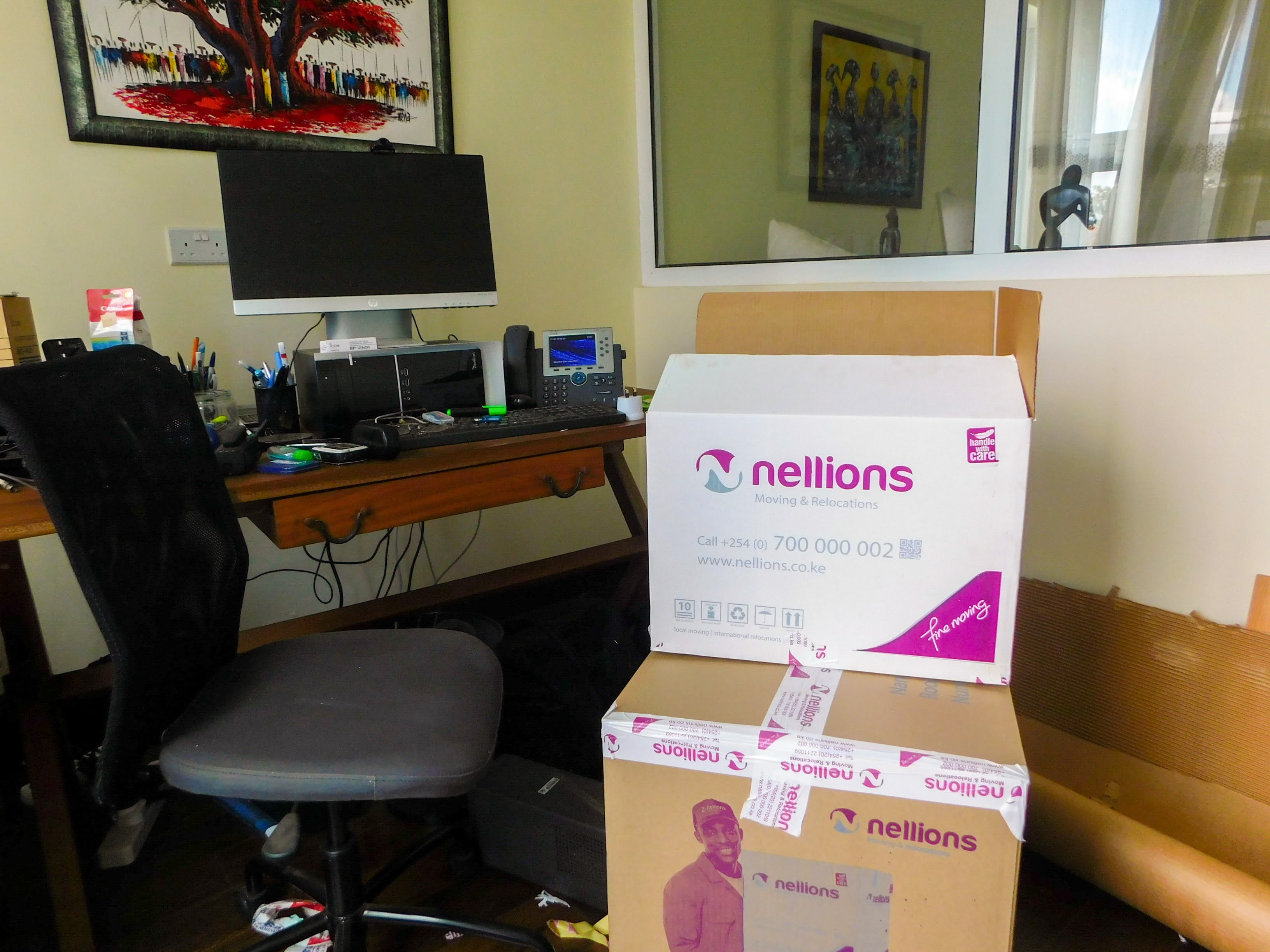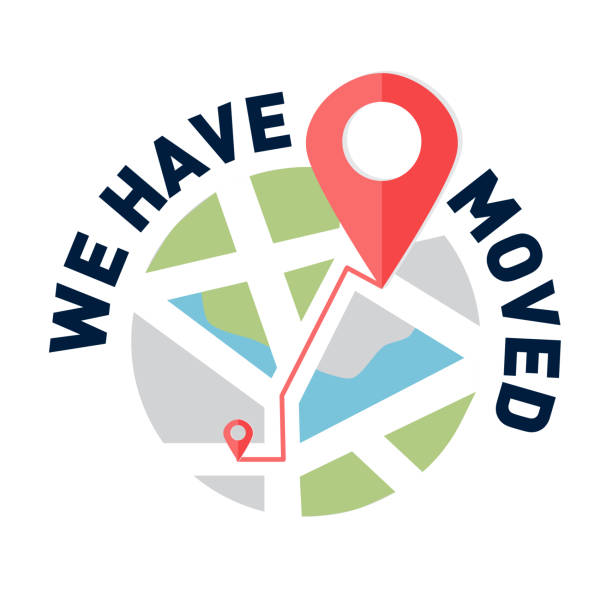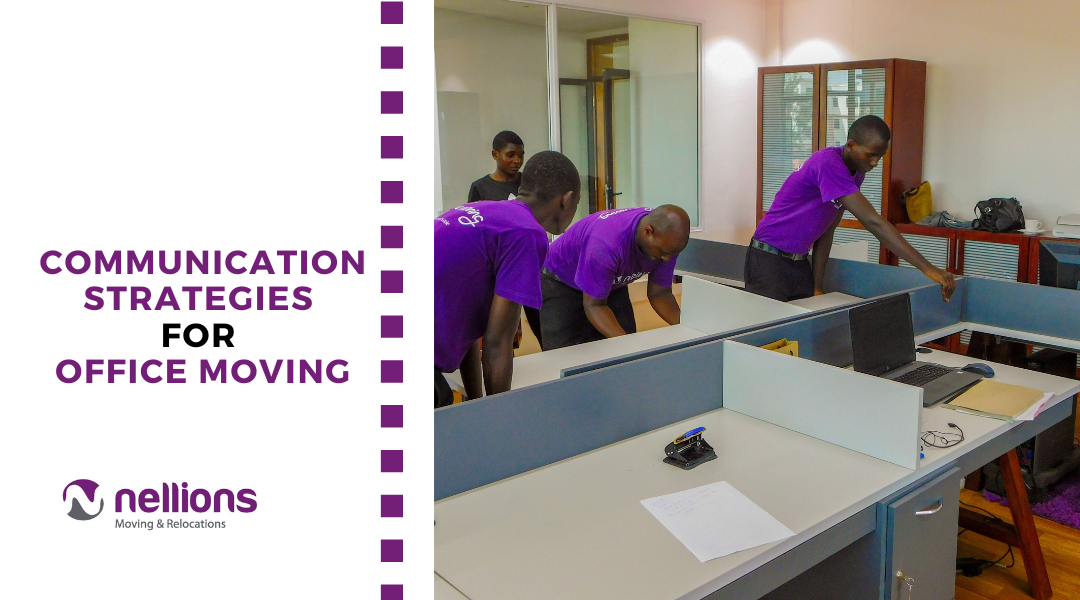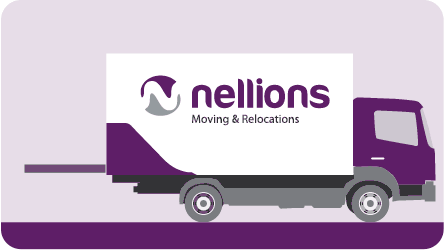Last updated on October 12th, 2023 at 04:34 am
Keeping employees engaged during organizational changes can be challenging, especially since most employees naturally resist anything that involves shaking up the status quo. In all fairness, moving offices can cause an incredible feeling of unease as employees are pushed out of their comfort zone into unfamiliar and unexplored territory. However, with effective internal communication strategies, office moving can be smooth and exciting– even a source of motivation and positive change for everyone.
Discover change management tips for keeping your staff informed throughout the office-moving process. These internal communication strategies will help keep employees engaged and on track while reducing anxiety and maintaining high productivity.
Keeping Employees Informed Throughout the Moving Process

Engaging with employees reduces anxiety and facilitates a smooth transition to the new office location. The following communication strategies will help to maintain morale and keep everyone updated.
Communicate Openly and as Early as Possible
Inform your staff as early as possible so they can have time to process the information and prepare psychologically for the imminent changes. To keep them engaged, use a straightforward approach to explain what warranted the office move. Being open and honest will likely quell rumours and gossip that could make the employees veer off track.
Set Up a Communication Plan
A detailed communication plan will outline essential checklists and updates during the process. Choose what channels to convey information, from meetings, emails, company online forums or intranet, or newsletters. Using multiple channels is advisable to maximize the essential message’s reach.
Relocating offices is a significant change requiring leadership involvement, commitment, and consistent guidance. Therefore, employees would expect to hear the initial move announcement from top-level management first. Employees should trust that the manager will communicate effectively and that he supports the proposed changes.
Hold Essential Meetings and Open Q&A Sessions
Convene meetings once or twice weekly to update staff on progress, depending on the move schedule. You may also encourage employees to ask questions or seek clarification through dedicated Q&A sessions in person, virtually through Zoom, or a combination of both.
Provide a written Relocation Plan
A written document containing checklists, a moving guide, and a schedule will be essential for employees to know what to expect and what actions to take. They will feel more at ease with the procedure and better informed about what to anticipate.
Designate a ‘Point’ Person
A designated person of contact will address any pressing employee concerns and dispel any rumours. They must know every detail of the move process and be willing to help wherever necessary. They must also be considerate of the needs and conditions of others. Some workers may have particular requirements for the relocation, such as those relating to housing, family matters, or transportation. These need to be handled on a case-by-case basis.
Notifying Clients and Service Providers of the Office Move

Involving clients and vendors in the communication plan ensures smooth business operations. Multiple methods may be used to communicate the office move to clients, vendors, and other service providers, including press releases, social media, official website, email, signage, direct mail, and flyers. The following details should be included in the message;
- The date of the move
- Your new office location and address
- New operating hours
- New location
You may want to call some ‘preferred’ customers to inform them of the move – keep the message clear, concise, and with a personal touch. If possible, avoid generic mass emails. You may request clients and vendors to confirm receipt of the moving notification where necessary to acknowledge that they are aware of upcoming changes in location.
Send reminder communications closer to the relocation date to reinforce and ensure that clients and vendors are well-prepared for the shift. After the relocation, it is recommended to contact clients and suppliers to answer any questions they might have.
Addressing Questions and Concerns from Employees, Clients, and Vendors
The point person designated earlier may act as the central point of coordination and communication, addressing feedback and concerns regarding the move. They can provide prompt updates on the moving plan, providing a better understanding for staff, clients, and other stakeholders.
Here are more tips for effectively addressing inquiries;
- Prompt and transparent responses – be timely and precise about any reasons and challenges associated with the move.
- Employee concerns – address issues with the new commute, changes in responsibilities and operating structures, parking, amenities, etc.
- Distribute the moving plan, complete with relevant FAQs for all stakeholders
- Address implications for services – talk about impacts on suppliers and vendors and give reassurance
- Hold regular information sessions and address issues in real-time
- Develop a feedback mechanism before and after the move
- Follow up post-move with all parties that presented issues or concerns to ensure everyone’s comfortable settlement
Reducing Service Disruptions During the Move
Handling potential service disruptions during an office transfer is essential to ensure minimal impact on business operations and retain customer satisfaction. Here are some methods to lessen and control service interruptions:
- Planning: Carefully and in advance plan the move. Determine which essential functions and services must continue to run during the relocation. Create a thorough schedule to reduce downtime.
- Create temporary backup systems or workspaces to maintain the continuity of vital services while the shift occurs. Utilizing temporary office space, cloud-based technology, or redundant infrastructure may be necessary.
- Client and Vendor Communication: Inform clients and vendors of the relocation and the anticipated length of any service interruptions. Be open and honest about the measures you are taking to reduce any impact on their operations.
- Review and revise service level agreements (SLAs) with clients and vendors, as necessary, to account for any modifications to service availability or response times throughout the migration.
- Employers should be cross-trained to handle a variety of positions and responsibilities. If some staff are unavailable during the move, this guarantees that critical services may still be provided.
- Tests and Dry Runs: Before the transfer, test and run any crucial systems and procedures. To minimize unpleasant shocks during the shift, proactively identify and address any problems.
- Backup of Systems and Data: Before the relocation, ensure all vital systems and data have been properly backed up. Prepare backup strategies to recover data rapidly during any unplanned disruptions.
- Gradual Move: Think about moving departments or teams in stages. This will allow some operations to continue from the old location while others are in the new office.
- Onsite Support During the transfer: Keep a team of onsite support personnel on hand in case unforeseen problems arise.
- Create a thorough emergency response strategy to address significant interruptions during the move. This strategy should contain methods for quick resolution and contact with customers and suppliers.
- Coordination with Key Clients and Vendors: Ensure that all significant clients and vendors know each other’s moving plans. Reduce disruptions to shared processes by working together.








